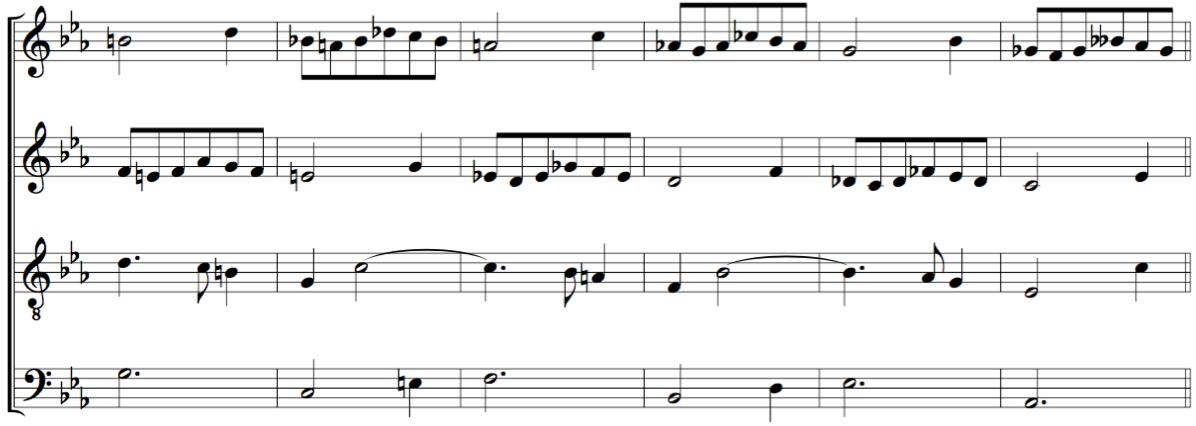On Air Now
Calm Classics with Myleene Klass 10pm - 1am
7 February 2017, 10:52 | Updated: 17 March 2017, 05:52
You are 10 simple steps away from ultimate contrapuntal glory. This is all thanks to our (almost resident) musicologist William Godfree.
Fugues sound awesome.
Here's one of the finest by the contrapuntal master JS Bach - it's part of his Overture in the French style, BWV 831, here in an incredible accordion performance by Guillaume Meral.
What to write one of your own? Oh course you do...
Fugues are interweaving, flowing lines of music based on a common musical theme. Though they've inspired some of the greatest artistic creativity in music history, they're actually structured in a very logical way - it's the composer's challenge to make it all link up in a harmonious, musical way.
A fugue is built from a short phrase, called the fugue subject. The subject begins in one part and is then subsequently taken up by the others. Baroque composers like J.S. Bach did a lot of it, sometimes in very complicated, chromatic forms, but fugues are found in music from across history, from Beethoven quartets to Shostakovich.
We wanted to know the secrets to the puzzle of a writing a fugue - and we knew just who to ask. Composer, conductor and musicologist William Godfree was the talented chap who wrote a fugue called 'Fuga Camerata', a fugue based on that theme former Prime Minister David Cameron hummed when he entered the door of Number 10 Downing Street.
William has given us a step-by-step guide. Three sections and around 10 steps in all. From subject to final pedal note, here it is...
Find a subject
The fugue subject can be anything. Mr. Cameron was kind enough to give me mine, which I transcribed in the noble key of C minor:

In itself, not really substantial enough for a fugue subject. So I extended it to cover 7 bars and began it in the tenor part:
![]()
Now, there is a sort of implied harmony here...

...which is going to come in handy when you bring in the subject in a second voice, in this case in the bass part.
This version of the tune is in G minor, a fourth below the original:
![]()
Compose a counter-subject
Now this is the point where you must dream up a second tune which will fit with the first. Something like:

Now you're good to go. When the third and fourth voices play the subject, the previous voices all move on one:

Write developmental episodes
There comes a time when you've played your subject enough, and you can play around with your existing material
with all manner of musical devices such as canons or playing your tune upside down, backwards etc.
For this fugue I chose a Sequence, where a fragment of the subject is repeated, in this case descending step-wise:

At this point I chose to reintroduce the fugue subject in a major key...

...echoed by Sopranos and working its way back to the C minor of the original fugue subject, and using a device called
Stretto where the subject tumbles over itself much more rapidly than it did at the beginning:

...and with the help of a sustained Pedal note in the bass, finally bringing the C minor Fugue to a C major conclusion.

...and a but of it sung: